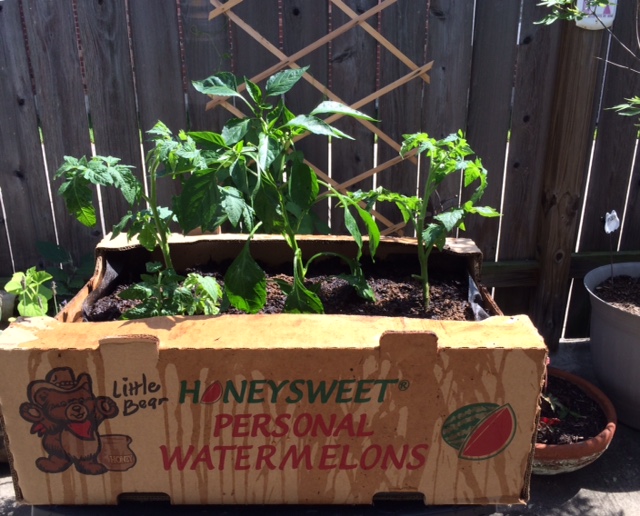Texas is fortunate to have four growing seasons that enables us to have organic gardens year round. Because of temperate climate and the ability of plants to survive from season to season it is important that we look at the plants growing and evaluate if they are candidates to transition to the next season. Currently in my garden I have eggplant, tomatoes, peppers, kale, basil, Swiss chard and lemon grass which was planted in the Spring. All of these vegetables and herbs with the proper care can provide produce in your fall garden and if protected from frost during the winter season can even transition to the following year.
Only indeterminate tomatoes will produce from planting season to season. In order for the plant to produce in the fall you can take cuttings from heathy plants if you are going to plant in another location of you can prune back your current plants removing the suckers and leave them in their current location and do a combination of both. In order from your plants not to burn up during the summer heat make sure that they are generously watered each day and also cover with shade cloths to block the amount if sunlight they receive. Of course if you are just doing cuttings plant them in containers, make sure they are watered and put them in a shady area until ready to transplant which should be the beginning of September.
Peppers can also start in your garden in the Spring and you can still get produce until it gets cold in late December. Cuttings can be obtained to start anew or prune the plants back and leave them where they are in the garden.
Herbs can also transition from season to season either by making sure that they do you remove the flowers and do not let go to seed or you can also take cuttings and after rooted plant either in pots or direct in the ground.
Once you have evaluated your garden and come up with your plan you can decide what plants you want to add. In August consider bush beans, pole beans which put nitrogen back into the soil, cucumbers, multiplying onions, summer squash, sweet potato, arugula, basil, Italian squash, dill, endive, garlic chives, Malabar spinach and taro.
Until next month Happy Gardening!!
